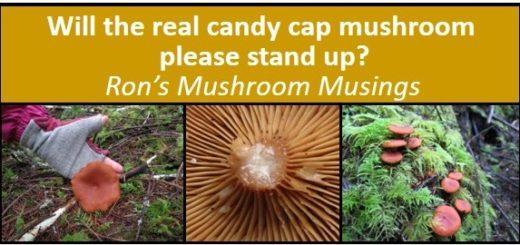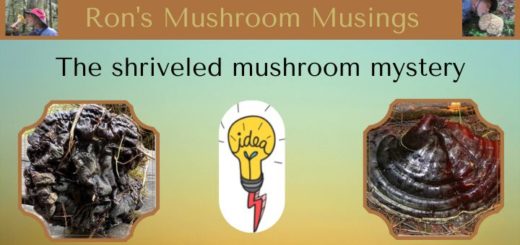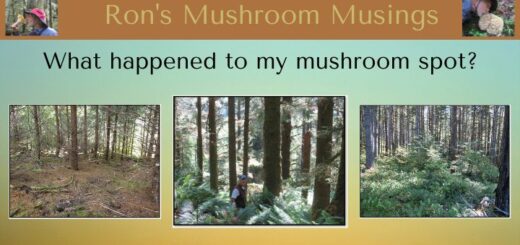The Shaggy Parasol
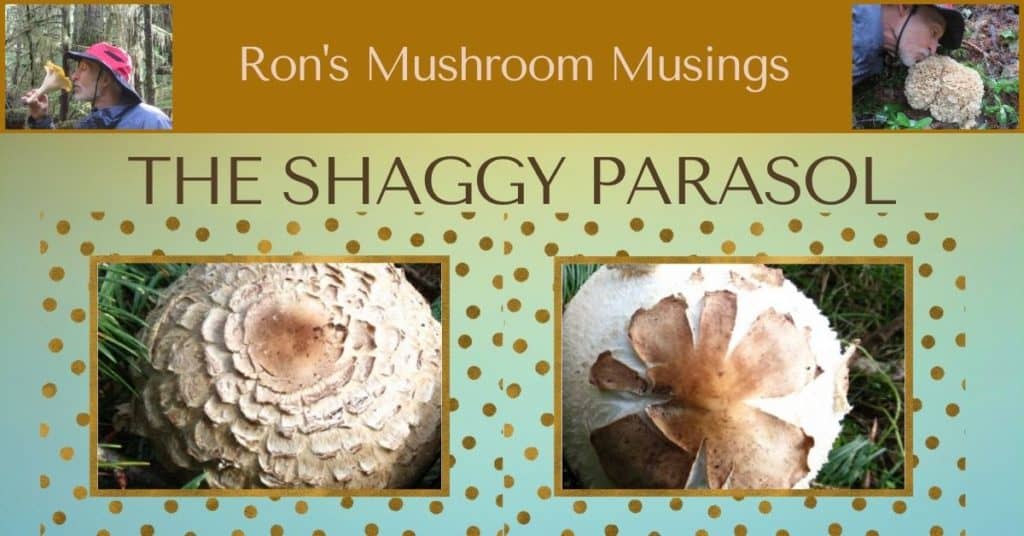
Last month it was all about a shaggy mushroom commonly known as the Shaggy Mane (Coprinus comatus). While being a truly interesting and attractive mushroom to encounter, neither Sandy nor I really enjoyed its flavor after sautéing it. That said, our opinions do not always coincide with those of others and sautéing isn’t always the best cooking method to reveal the full flavor profile of every mushroom. Shortly after April’s article was published Sandy received an email from our friend and long time CMS member Joe Spivack. Many of our members have had the good fortune to attend a foray lead by Joe and are aware of his knowledge of all things mushroom. Joe was somewhat surprised by our disappointment with the flavor of the shaggy mane as it is one of his and Cathy’s long time favorite mushrooms to eat. He suggested using a batter-dipped recipe, then frying them. A copy of Joe’s email with recipe suggestions has been appended to this article. We certainly appreciate the email and alternative cooking suggestions. We will try them again the next time we find a nice batch.
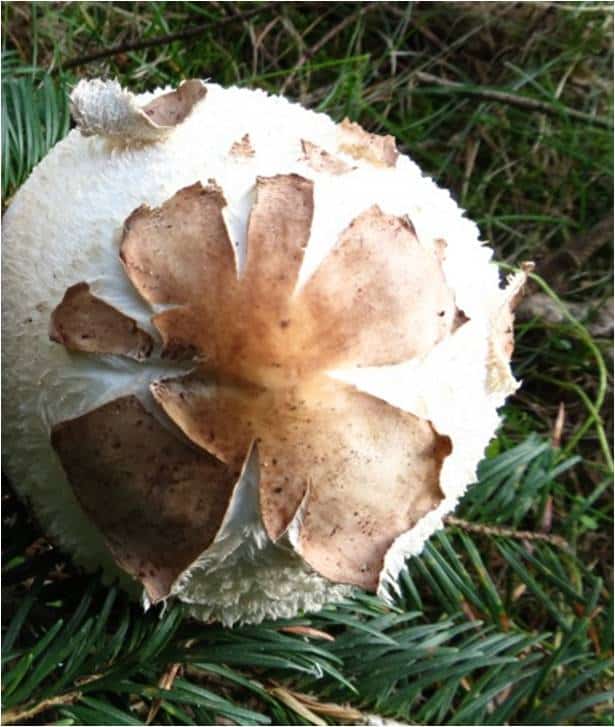
Fortunately, the other shaggy mushrooms we find in the fall are one of Sandy’s favorite edibles and they commonly go by the nickname of Shaggy Parasol. In Oregon, there are several species in this group, all belonging to the genus Chlorophyllum. They are a fairly easy mushroom to find in urban/suburban areas. The one we find most often in our hunting spots is Chlorophyllum rhacodes (Shaggy Parasol), a large meaty mushroom with what looks like a leather patch in the center of the cap and dark shingles on a white background. They can become quite large and we have found them in both fairy rings and randomly scattered about. Even though mushrooms in the genus Chlorophyllum are Saprobic (decomposers) we tend to find these mostly under or near Douglas Fir trees growing in organic debris piles which can include leaves, twigs, and plenty of conifer needles. A telling sign of the species rhacodes is its double-edge ring on the upper part of the stem. The ring is said to be free from the stem and can therefore be slid up and down; however, I’ve actually never tried doing that as we are too busy filling our basket with their caps. We leave the stems behind as they are far too fibrous to eat and only clipping off the caps keeps them much cleaner.

A somewhat different version of the Shaggy Parasol is the Chlorophyllum olivieri (Olive Shaggy Parasol) which tends to have more of a light brown to tan cap color and a pinkish to light tan area at the center of the cap. It has a more structured shingle or scale pattern and does not have the large areas of white background on its cap. We actually find this species popping up right alongside rhacodes in several of our super top secret shaggy patches.
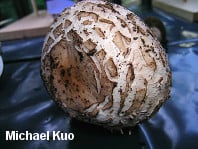
If two Shaggies weren’t enough, there is a third member of this group called Chlorophyllum brunneum (Western Shaggy Parasol). The physical structure of this mushroom’s cap can cause it to be misidentified as being Chlorophyllum rhacodes. The primary visible differences are brunneum has a thick stem ring that is not two-layered and has a rimmed bulbous base which rhacodes does not have. Fortunately, regardless of which of these three amigos you find, as long as they create a white spore print, have a tough fibrous stem, and the stem color changes to orange when scratched or cut, you have stumbled upon Shaggyland.
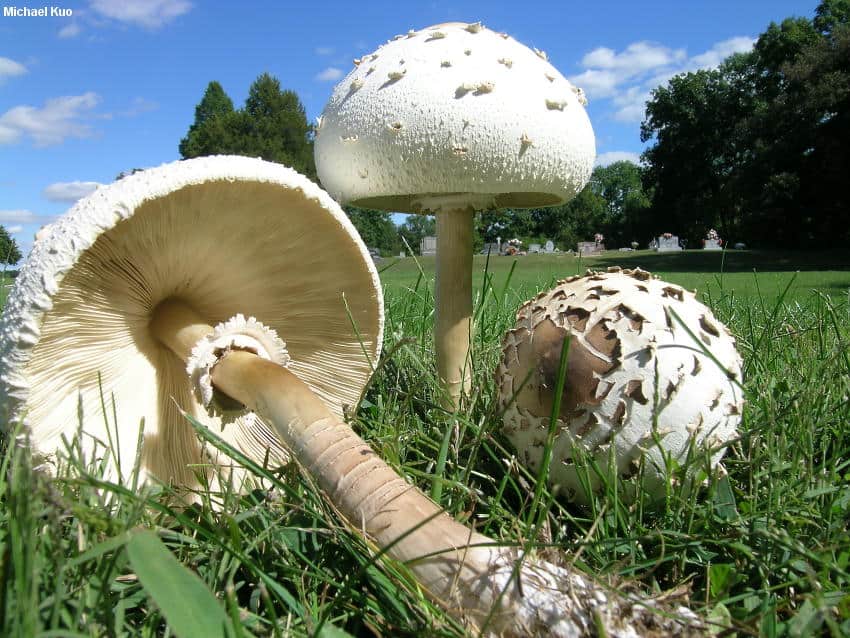
That said, there is actually a fourth player amongst this merry group of mushrooms known as Chlorophyllum molybdites or more commonly called the Green Gill Parasol. Unlike the edible trio of rhacodes, brunneum, and, olivieri; molybdites is listed as being toxic, has green vs. white spores, and only seems to fruit in areas with a warmer climate than ours. It can be found in Southern and Central California and is quite common in the hot and muggy Southeastern US. According to Noah Siegel, its fruiting region is slowly moving more northward as the effects of global warming extend the summers of areas that were once deemed inhospitable to this green-spored mushroom. If you are ever uncertain of what species of Chlorophyllum you have found, simply place a mature cap on a sheet of half white, half black paper and see what color spore print you get. If it’s white, smile with delight, if it’s green, just leave the scene.
One final cautionary message regarding the shaggy trio, several articles and publications state that some people have experienced gastrointestinal upset after eating Shaggy Parasols, even those who have eaten them without problems in the past. Although we have not experienced any problems with these mushrooms, always follow the CMS edibility guidelines when first trying these or any other mushroom you collect. It is also very important to fully cook your mushrooms before consuming them.
As this is my last article before our summer break (yeah, for you and me both), I would like to wish you all a very enjoyable summer season, take lots of hikes and enjoy the great outdoors that Oregon offers. I also think it’s going to be a great year for tomatoes.
References & Credits:
Pictures of Chlorophyllum brunneum & Chlorophyllum molybdites courtesy of Michael Kuo
Books referenced: “Mushrooms of the Redwood Coast” & “Mushrooms of the Pacific Northwest”
Description of genus Chlorophyllum on iNaturalist
Key to PNW Chlorphyllum species on SVIMS (includes comparison of species in a table form)
Chlorophyllum oliveri on Jungledragon
Chrolophyllum brunnuem on Mushroom Expert
Chrolophyllum rahcodes on Mushroom Expert
Chrolophyllum molbydites on Mushroom Expert
Email from Joe Spivack about Shaggy Mane mushroom
Shaggy Manes are probably our second favorite mushroom to eat next to Morels. Even Cathy who is a bit mushroom squeamish adores them. We have been eating them every year for well over 25 years. Their flesh is delicate and they don’t do well with basic frying like chanties or Agaricus. We almost always fry them in a light batter mix of flour and bread crumbs usually after soaking them in a whipped egg or a bit of milk. We try to keep the batter light and simple as to not overwhelm them. When you shake and bake the whole caps with a light batter and they stay whole while frying the end result is to bite into a delicious moist on the inside and crunchy on the outside flavor packed package! They usually have a delicious but mild and delicate classic mushroom flavor reminiscent of many Agaricus but milder and more delicate and less umami. Their stalks when cooked are not overly fibrous or chewy at all, just slightly less delicate than the cap. We have also made some awesome soups with them that have a flavor that is reminiscent of a classic Campbell’s cream of mushroom soup, only better. The few times I have fried them without batter they seem to almost cook down to nothing. I am wondering if the ones you ate had taken up something weird that affected their flavor. In areas where they fruit heavily they sometimes produce a spring crop under favorable conditions. We most often find them next to logging roads when we are dog walking or doing local exercise hikes. They often fruit for a couple of months or more in the same locals during the same year but might fruit somewhere else along the road the next year. It was nice that you mentioned Freeman. He loved Shaggies and I am pretty sure I first ate them in batter in his class many years ago and that’s what got me into them. If you still don’t like them after eating again please call us to come pick them up! Thanks for all the work both of you do for CMS. Hope to see you in person in the near future, Joe

